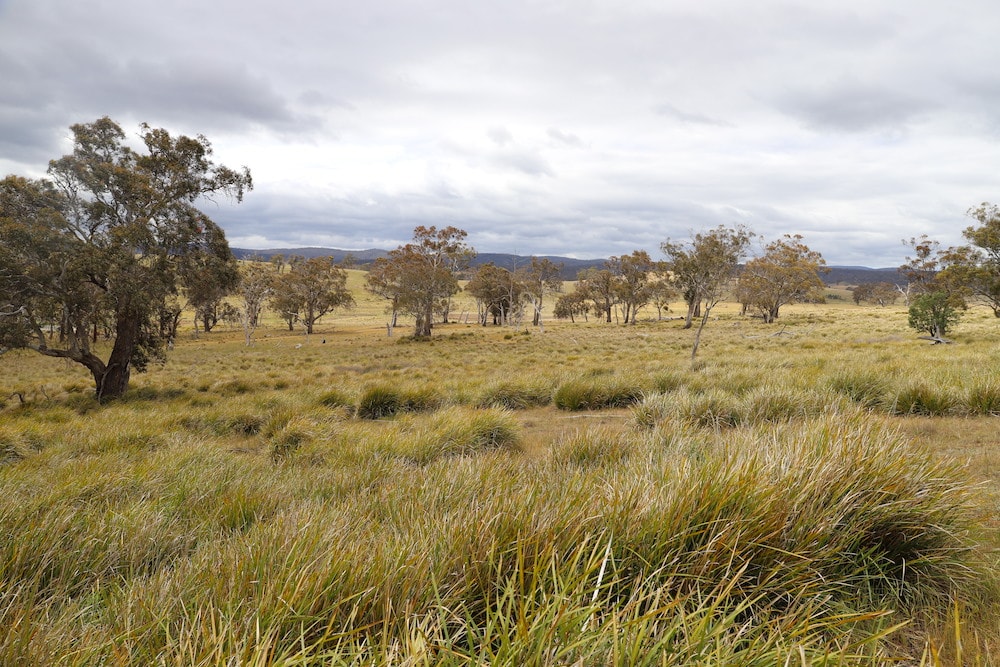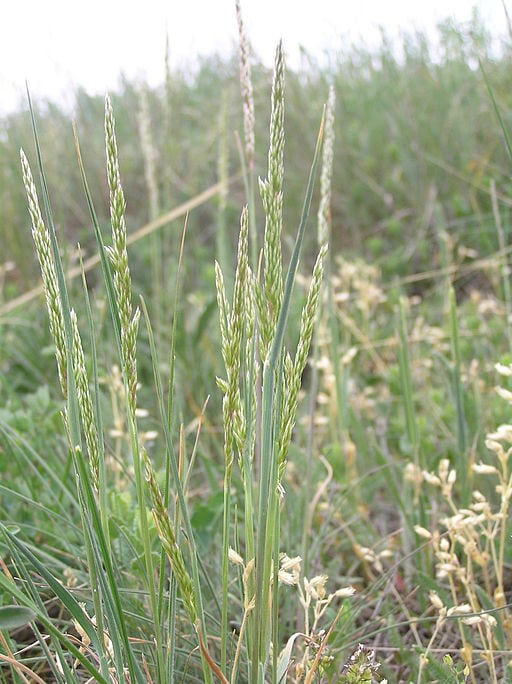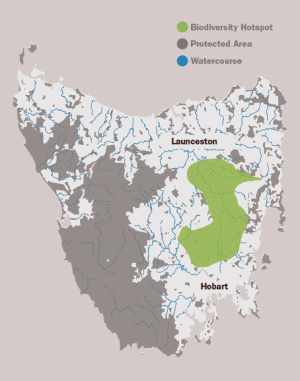Systematic TERN monitoring in a national biodiversity hotspot has allowed identification of an exotic species of grass that nobody had seen for nearly 180 years.

TERN (Terrestrial Ecosystem Research Network) is Australia’s national land ecosystem observatory. It measures key terrestrial ecosystem attributes over time from continental scale to field sites at hundreds of representative locations, and openly provides model-ready data that enables researchers to detect and interpret changes in land ecosystems.
The Waite is home to the TERN Ecosystem Surveillance team, which conducts field surveys and samples soil and vegetation across a national network of plots and transects to provide the data, samples and advice needed for improved monitoring and assessment of Australia’s major ecosystems.
On a chilly afternoon in late November 2019, the TERN Field Team was methodically surveying the Tasmanian Midlands national biodiversity hotspot. In addition to recording all vegetation present and soil characteristics, the team collected hundreds of samples for expert identification, analysis and researcher access.

The TERN Ecosystem Surveillance plot where the weed was found is located in an open manna gum woodland (Eucalyptus viminalis Labill. subsp. viminalis) with a very dense ground storey of Lomandra longifolia.

Koeleria macrantha (Credit: Wikimedia Don Pedro28 / CC BY-SA)
As soon as I saw the specimen, I had my suspicions. But because Koeleria macrantha is listed as extinct in Tasmania I got a second opinion from my colleague who’s a grass species expert.
The species is now naturalised in New South Wales and the ACT, but the last verified specimen of the species in Tasmania was found in November 1842.
We had a match. The TERN November 2019 sample matched the one we had from 177 years earlier. We had re-discovered Koeleria macrantha in Tasmania.
TERN surveys turn up things that others overlook
Miguel says that the latest weed discovery further demonstrates the value of TERN’s systematic monitoring of all species, followed up with retention and formal identification of voucher specimens—as per the TERN AusPlots Rangelands Survey Protocols Manual.
“It’s great to have these surveys, that record absolutely everything at a site, in an area or a property because you turn up things that a targeted survey might never pull up.” Miguel said. “Collecting specimens results in physical proof. The vast majority of surveys that get done are anecdotal observations only. They write what they see, and then 20 or 30 years down the track that data becomes useless because you have no way of verifying the observations.”
Finding bodes well for national biodiversity hotspot
Associate Professor Ben Sparrow of TERN’s Ecosystem Surveillance platform says that the location of the find is not the environment that probably comes to mind when you think of Tasmania.
“For starters, it sits on a relic sand dune so the soil at the site is a very deep loamy sand, which is very different to the more typical heavier soils through the rest of the Midlands. We don’t know, but this could have something to do with why it has persisted there and not elsewhere.”
In terms of vegetation, the site is located in an open manna gum woodland (Eucalyptus viminalis Labill. subsp. viminalis) with a very dense ground storey of Lomandra longifolia—a grass often used on roadside plantings around Australia.
The Midlands site is located in one of Australia’s 15 national biodiversity hotspots—areas with high concentrations of species that are endemic (unique) to each region and which are threatened with destruction.
Whilst the potential impacts of Koeleria macrantha on the hotspot’s native plant diversity are unknown, Miguel says that, counterintuitively, the weed’s re-discovery is most likely a good thing.
“The most important thing is that it’s not that weedy and unlikely to spread like crazy, said Miguel. “I suspect that there must be small populations hanging on here. So, now that we know it’s out there again we can manage it appropriately and prevent it from turning into a bigger environmental problem.”
Future repeat TERN surveys at the Midlands sites will detect any significant increases in frequency or abundance of the species, a finding that could trigger more targeted monitoring or management.
Republished from the TERN blog: www.tern.org.au/extinct-grass-re-found/

The location of the Tasmanian Midlands national biodiversity hotspot (credit: Bush Heritage Australia)
